Addisu Mesfin
CRTRE: Causal Rule Generation with Target Trial Emulation Framework
Nov 10, 2024

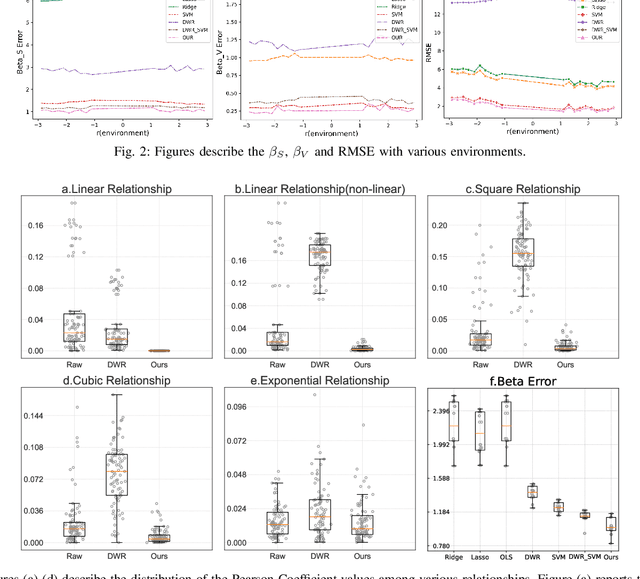

Abstract:Causal inference and model interpretability are gaining increasing attention, particularly in the biomedical domain. Despite recent advance, decorrelating features in nonlinear environments with human-interpretable representations remains underexplored. In this study, we introduce a novel method called causal rule generation with target trial emulation framework (CRTRE), which applies randomize trial design principles to estimate the causal effect of association rules. We then incorporate such association rules for the downstream applications such as prediction of disease onsets. Extensive experiments on six healthcare datasets, including synthetic data, real-world disease collections, and MIMIC-III/IV, demonstrate the model's superior performance. Specifically, our method achieved a $\beta$ error of 0.907, outperforming DWR (1.024) and SVM (1.141). On real-world datasets, our model achieved accuracies of 0.789, 0.920, and 0.300 for Esophageal Cancer, Heart Disease, and Cauda Equina Syndrome prediction task, respectively, consistently surpassing baseline models. On the ICD code prediction tasks, it achieved AUC Macro scores of 92.8 on MIMIC-III and 96.7 on MIMIC-IV, outperforming the state-of-the-art models KEPT and MSMN. Expert evaluations further validate the model's effectiveness, causality, and interpretability.
Causal Inference via Nonlinear Variable Decorrelation for Healthcare Applications
Sep 29, 2022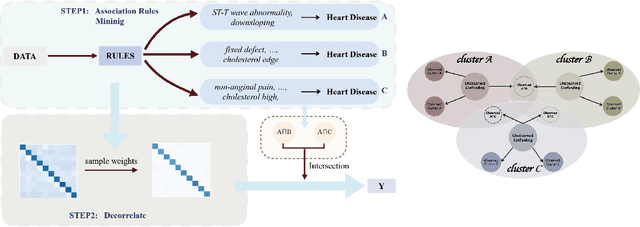
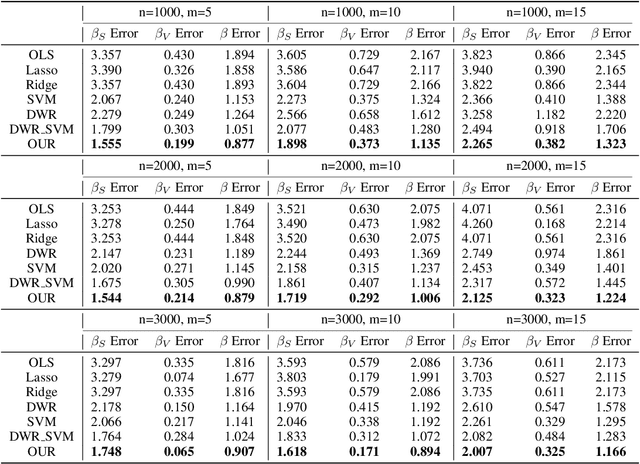
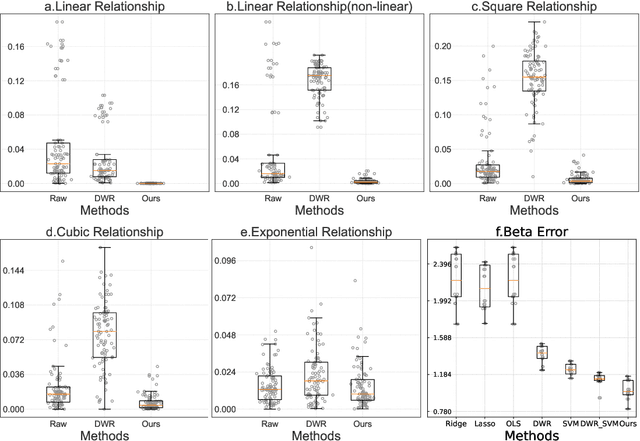
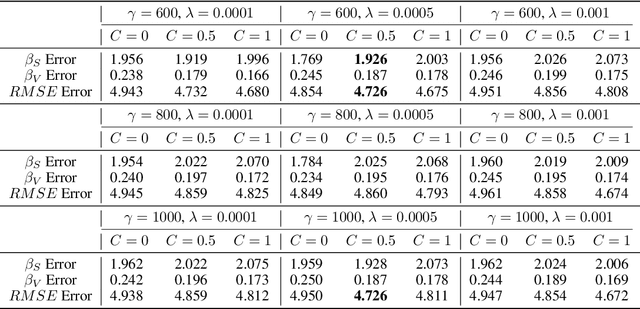
Abstract:Causal inference and model interpretability research are gaining increasing attention, especially in the domains of healthcare and bioinformatics. Despite recent successes in this field, decorrelating features under nonlinear environments with human interpretable representations has not been adequately investigated. To address this issue, we introduce a novel method with a variable decorrelation regularizer to handle both linear and nonlinear confounding. Moreover, we employ association rules as new representations using association rule mining based on the original features to further proximate human decision patterns to increase model interpretability. Extensive experiments are conducted on four healthcare datasets (one synthetically generated and three real-world collections on different diseases). Quantitative results in comparison to baseline approaches on parameter estimation and causality computation indicate the model's superior performance. Furthermore, expert evaluation given by healthcare professionals validates the effectiveness and interpretability of the proposed model.
Joint Vertebrae Identification and Localization in Spinal CT Images by Combining Short- and Long-Range Contextual Information
Dec 09, 2018
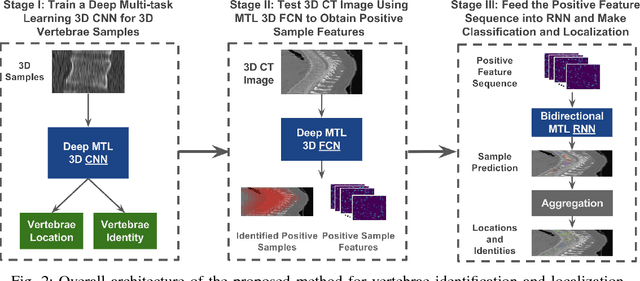
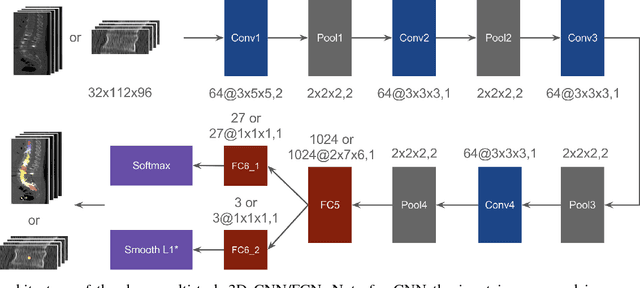
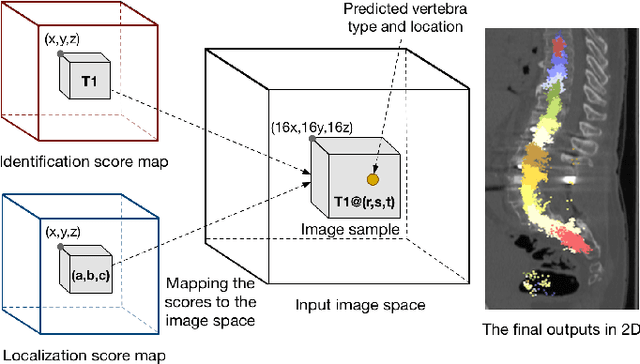
Abstract:Automatic vertebrae identification and localization from arbitrary CT images is challenging. Vertebrae usually share similar morphological appearance. Because of pathology and the arbitrary field-of-view of CT scans, one can hardly rely on the existence of some anchor vertebrae or parametric methods to model the appearance and shape. To solve the problem, we argue that one should make use of the short-range contextual information, such as the presence of some nearby organs (if any), to roughly estimate the target vertebrae; due to the unique anatomic structure of the spine column, vertebrae have fixed sequential order which provides the important long-range contextual information to further calibrate the results. We propose a robust and efficient vertebrae identification and localization system that can inherently learn to incorporate both the short-range and long-range contextual information in a supervised manner. To this end, we develop a multi-task 3D fully convolutional neural network (3D FCN) to effectively extract the short-range contextual information around the target vertebrae. For the long-range contextual information, we propose a multi-task bidirectional recurrent neural network (Bi-RNN) to encode the spatial and contextual information among the vertebrae of the visible spine column. We demonstrate the effectiveness of the proposed approach on a challenging dataset and the experimental results show that our approach outperforms the state-of-the-art methods by a significant margin.
 Add to Chrome
Add to Chrome Add to Firefox
Add to Firefox Add to Edge
Add to Edge